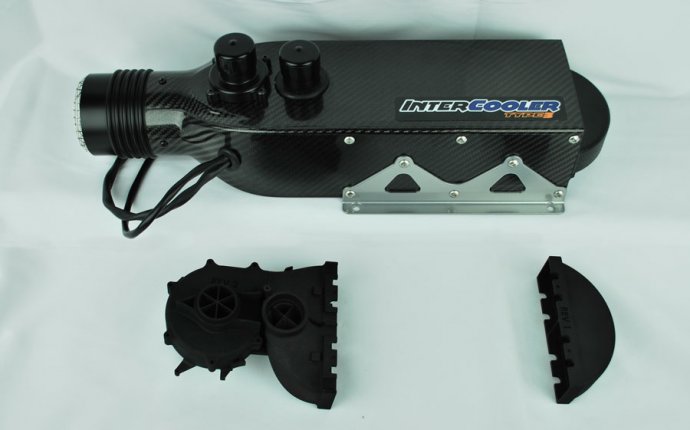
Race Car AIR Conditioning
Circle Track takes a look at the brand-new Arctic Racing Air cooling system, a first of its kind
Staying cool in the race car always has been, and always will be, a very big deal to any driver or race team in the business. The driver’s core body temperature has a direct effect on his or her on-track production. That production comes in the form of race results along with a driver’s decisions, good or bad. But it almost always hinges on the performance of the guy or gal behind the wheel and their comfort zone. More often than not, staying cool means staying mentally alert and in control ready for any situation. Even when the outside temperature is cool, it can still be a very hot seat in the race car. Drivers make split second decisions in the blink of an eye and any effort made to help make the right decision is an added plus for the race team.
Hart Design and Fabricating, or just Hart as most know it, is a product design and development company based out of Indiana. While originally started to design high-end Motor Coach products, company owner Jamie Hart also had a drag racing background which eventually led him down the path of designing racing related products. On that journey customers and fellow racers began to ask for a new cooler air system with better, colder, and more reliable airflow. Hart conceptualized a system that would provide the race car driver with cool, filtered airflow keeping him more alert, which would translate into safer performance on the track. In order to achieve that Hart knew that he had to employ a true Freon-based air conditioning system.
Thanks to Hart’s racing background he knew how important horsepower was to a race team. He knew he had to design a system that would not only care for the driver, but have a minimal impact on the horsepower. The solution? Use less of the available amperage already in the car. So, Hart, along with VP of Operations John Hoffman, set out to work.
By 2008 they had put together a prototype for a test. That test took place in the Mitler Brothers NASCAR Camping World Truck team at Texas Motor Speedway both during a test session and in an actual race. Though the initial results were positive they knew they had to refine the product before bringing it to market. The finished product, introduced just last year, is quite a system.
Officially dubbed Arctic Racing Air, the system’s design incorporates the same thermodynamic technology found in air conditioning systems found in your home or street car. Coupled with cutting edge software driven microcontroller electronics developed in house, the whole system draws less than 1/3 the amperage of a conventional system while delivering twice the airflow and temperatures up to 10 degrees colder. The system is so efficient that there is no need to up the amperage on the alternator. Low power consumption means you can use more horsepower for what matters most. Plus, all units are plug-and-play for quick and easy installation.
Of course, delivering all that cold air to a hot driver is the second part of the equation. The Arctic Racing Air System’s airflow is routed into an exclusive Impact Spider Induction Helmet System. Prior to selling his company to MasterCraft Safety, Bill Simpson was instrumental in designing the helmet liner Hart would use to fit the Arctic Racing Air system. The liner resembles a shower head, with numerous small holes surrounding your whole head. Instead of having airflow in just one area (usually the top) the multi hole design surrounds the entire head in air. The Impact Spider Induction System allows cool air to circulate fully and evenly around the head and neck, which in turn will keep the driver more alert during the heat of competition.
The cooling provided by the Arctic Racing Air is equivalent to an 800-Btu air conditioning system. With the air flowing at a rate of 40 cfm (more than double a conventional system), a driver truly can feel the difference. Best of all, both the temperature and airflow are easily driver adjustable.
The system comes complete with a three-position smart switch panel. The PWR switch allows you to choose between a fan-only setting and the A/C setting. The fan-only setting uses just 2.5 amps of power and can be used anytime A/C is not required or desired, but when you still want constantly filtered, fresh airflow to the driver’s helmet.
The other two switches, FAN and TEMP, allow you to control how fast the air blows into the helmet, as well as how cold it is. The FAN switch controls the speed of the airflow with the Lo setting providing 20 cfm, Med delivers 30 cfm, and Hi blasts you with 40 cfm.









